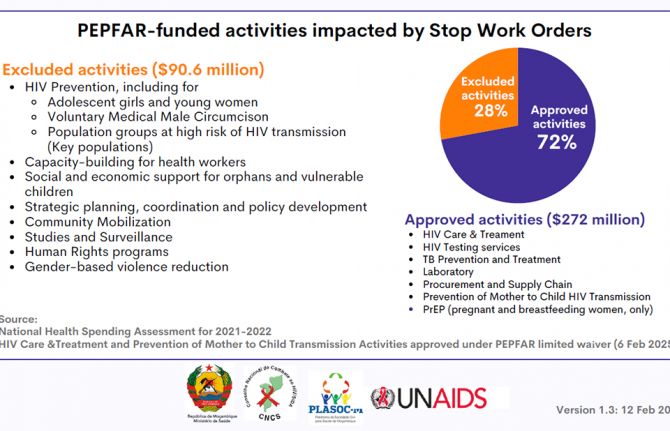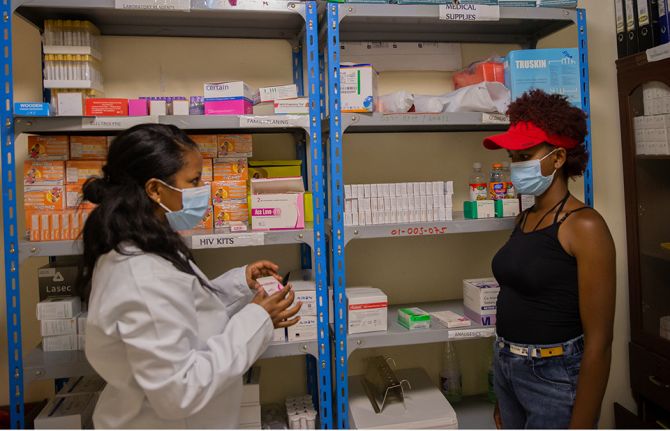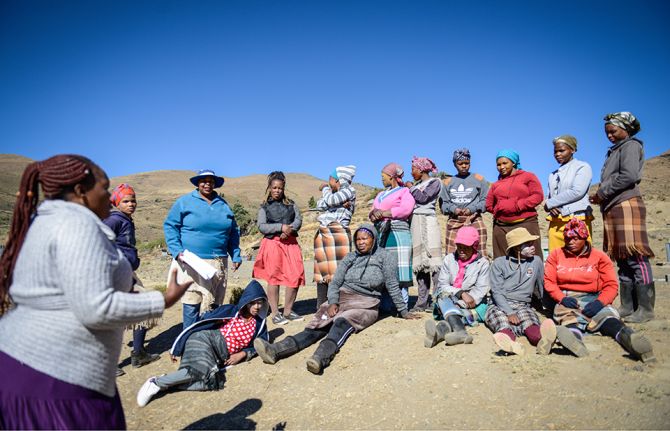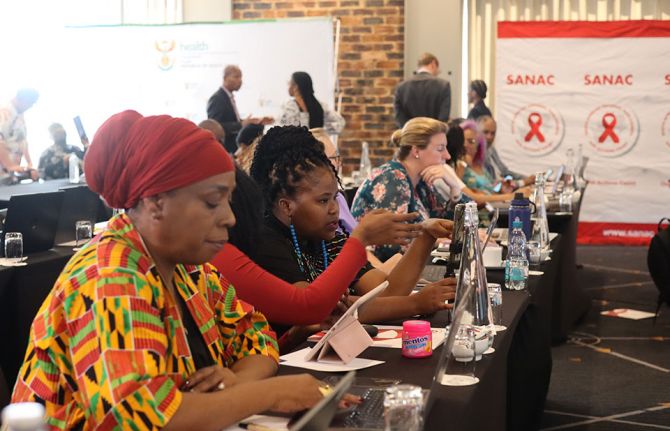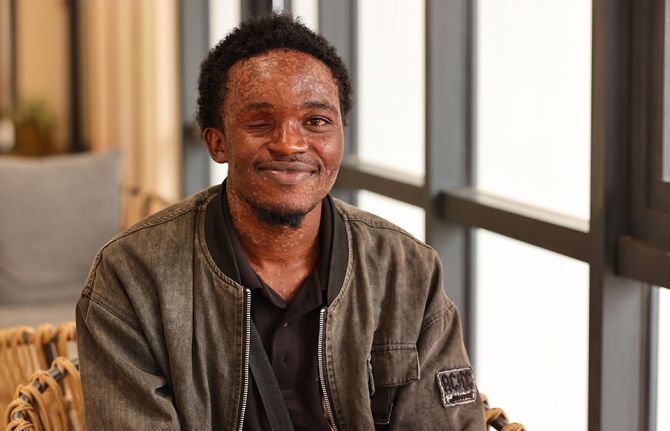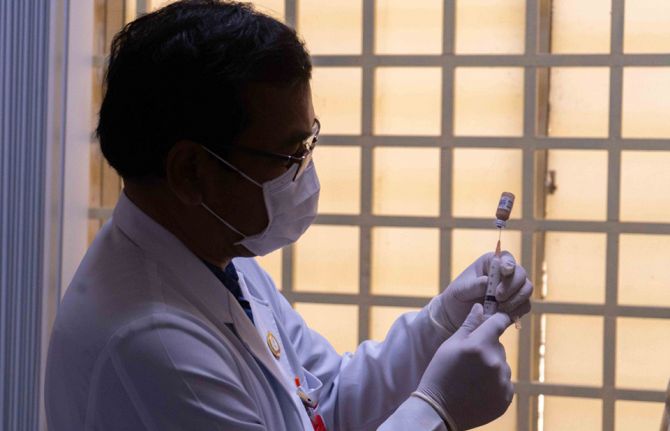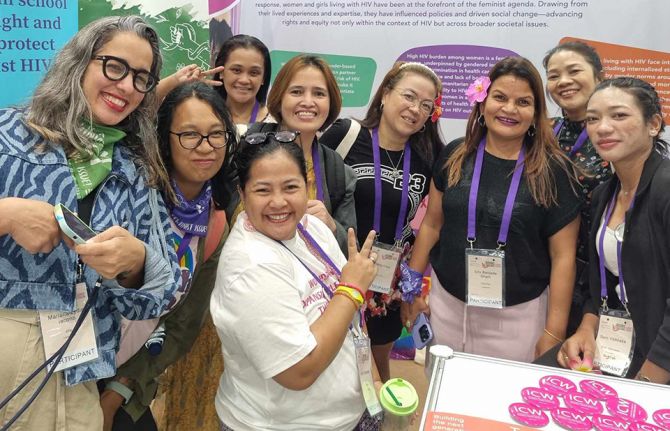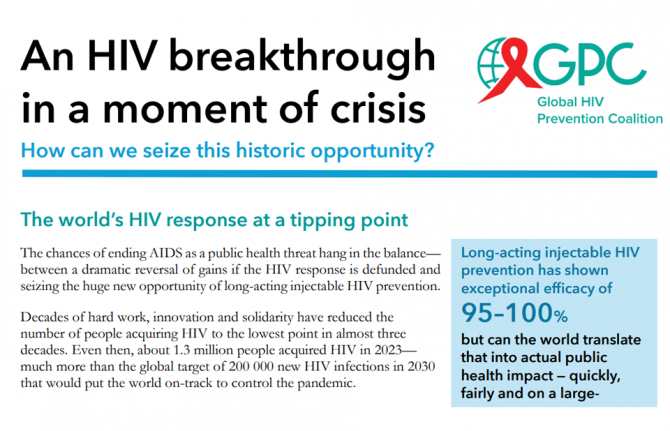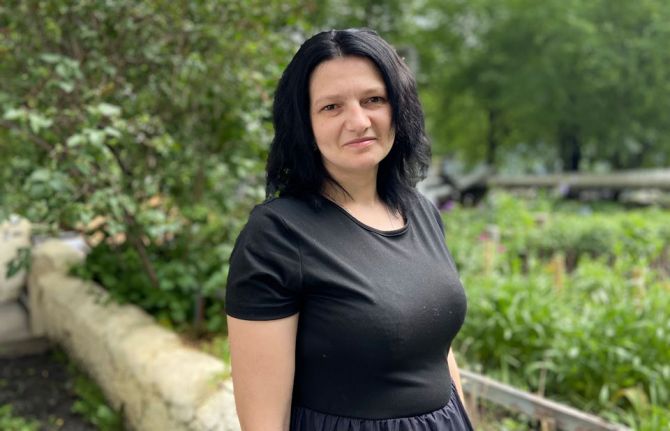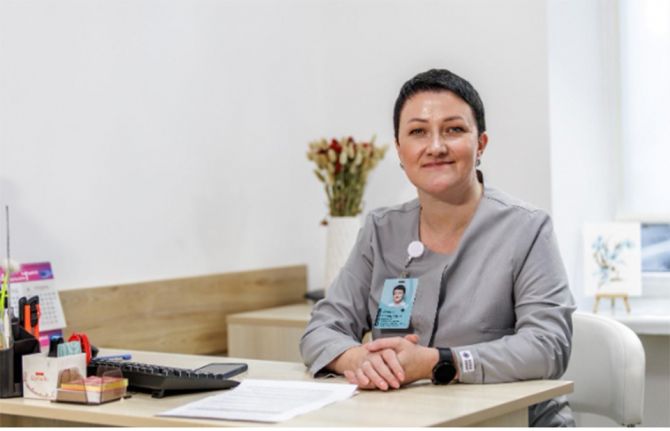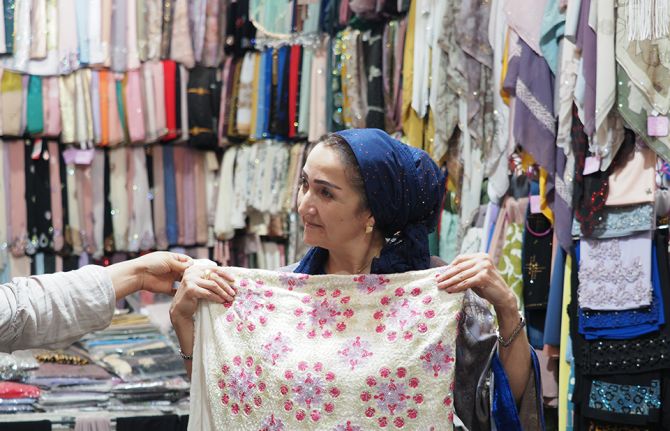
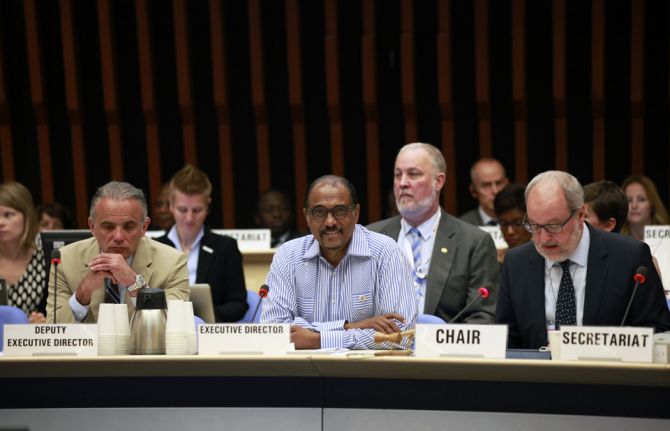
Update
38th meeting of the UNAIDS Programme Coordinating Board opens
28 June 2016
28 June 2016 28 June 2016The 38th meeting of the UNAIDS Programme Coordinating Board is taking place in Geneva, Switzerland, from 28 to 30 June.
During the opening session, UNAIDS Executive Director Michel Sidibé gave an update on the progress made in the AIDS response and outlined the challenges and opportunities that lie ahead.
Mr Sidibé spoke about the need to properly fund the AIDS response in order to put the world on the Fast-Track to end the AIDS epidemic by 2030 as part of the Sustainable Development Goals. He also stressed the need to provide adequate HIV services to key populations at higher risk in order to leave no one behind.
The thematic segment of the meeting will take place on the last day and will focus on the role of communities in ending AIDS by 2030.
The 38th meeting of the UNAIDS Board is being chaired by Switzerland, with Ghana acting as Vice-Chair and Ecuador as rapporteur.
38th meeting of the PCB
Related

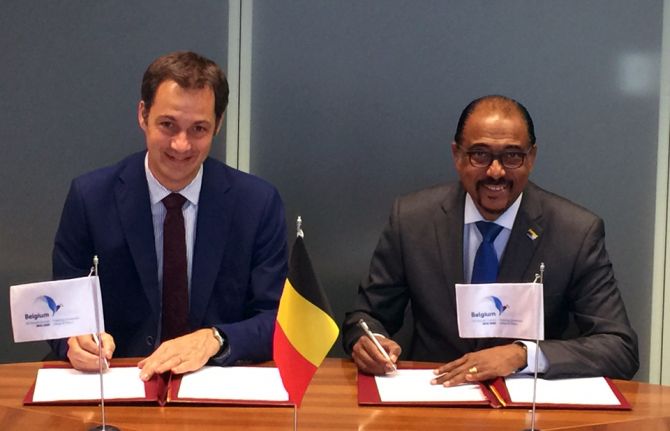
Update
Government of Belgium and UNAIDS sign new multi-year funding agreement
27 June 2016
27 June 2016 27 June 2016The Government of Belgium and UNAIDS have signed a new multi-year funding agreement for 2017–2020. The agreement was formalized on 24 June in Brussels, Belgium, by UNAIDS Executive Director Michel Sidibé and Alexander De Croo, Deputy Prime Minister of Belgium and Minister of Development Cooperation.
The new agreement renews Belgium’s contribution to UNAIDS, which remains at €4 million per year until 2020—years that are crucial to achieving the Fast-Track Targets and putting the world on track towards ending the global AIDS epidemic as a public health threat by 2030.
UNAIDS Executive Director Michel Sidibé commended Belgium for its long-standing support to UNAIDS and its political leadership in the global AIDS response. Belgium has been a key partner in the global AIDS response since the beginning of the epidemic and the country is among UNAIDS’ strongest allies on issues such as the promotion of human rights in the context of HIV, including sexual and reproductive health and rights.
Quotes
“I am very pleased to work with UNAIDS, especially in our priority countries in western and central Africa.”
"Since the beginning of the AIDS epidemic, Belgium has been a key partner in the global AIDS response."
Region/country

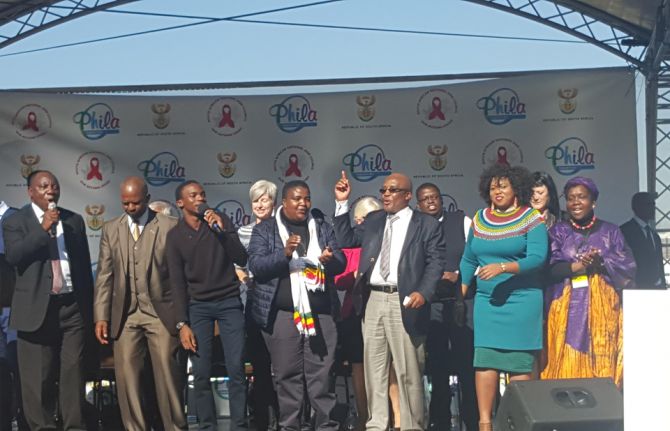
Update
South Africa launches national campaign for young women and adolescent girls
24 June 2016
24 June 2016 24 June 2016The Deputy President of South Africa, Cyril Ramaphosa, launched an ambitious national campaign to prevent HIV among young women and adolescent girls on 24 June in Pietermaritzburg, South Africa. The campaign will respond to the unacceptably high rate of new HIV infections among young women and adolescent girls in the country.
Almost 2000 new HIV infections occur among young women and adolescent girls (aged 15–24) in South Africa each week, a rate two and a half times that among males of the same age. The name of the campaign – to be determined through a competition among young women and adolescent girls themselves – will be announced at a later date. The campaign, developed with technical support from UNAIDS, UNFPA and other cosponsors, seeks to reduce the interlinked problems of HIV, school dropout, teenage pregnancy and gender-based violence and to maximize health, education and economic opportunities for young women and adolescent girls.
The three-year campaign will focus initially on the subdistricts with the highest incidence of HIV and will increase access to sexual and reproductive health information and services through adolescent- and youth-friendly clinics, the Integrated School Health Programme, community and peer outreach and support and parenting programmes for parents of teenagers and for teenage and young parents.
Special emphasis will be given to keeping young women in secondary and tertiary education. Young women have had a strong voice in developing the campaign, which will remain youth-led. The campaign has been funded through the United States President’s Emergency Plan for AIDS Relief DREAMS initiative, the Global Fund to Fight AIDS, Tuberculosis and Malaria, the German development agency KfW and the national government.
Quotes
“Young women and girls are the heart and future of South Africa. We must together safeguard and support them as they make their transition to adulthood … protecting them from dangers, including HIV transmission.”
“We know that when a girl, a future mother, has access to health services and is HIV-free, is given a choice over when she marries and starts having children and has the opportunity to realize her full economic and social potential, she can escape disease and poverty and bring her family, community and country along with her.”
“We have procured new coloured and scented condoms to increase condom use among young people. They provide the four maximums: maximum pleasure, maximum protection, maximum quality and maximum number of young people making use of them.”
“UNFPA as the lead on prevention of sexual transmission of HIV, including among young women and girls, in the Joint UN Team on AIDS in South Africa, finds this launch to be an exciting and timely move by the government and is backed by the recent United Nations Political Declaration on Ending AIDS.”
“This campaign will empower youth to be able to make informed decisions. It is exciting that issues affecting young women will be addressed adequately. We stand to support this initiative as it seeks to secure a better future for youth.”
“This is not a campaign, but a movement, which I believe has the power to change and transform the lives of millions of young women, girls and men across our beloved country by ensuring that they are informed, educated, healthy and able to take full control of their bodies and future.”
Region/country

Update
Children, adolescent girls and young women: preventing new HIV infections
10 June 2016
10 June 2016 10 June 2016Adolescent girls and young women are disproportionately affected by HIV. Of new infections among adolescents and young people aged 10–24 years, 65% are among adolescent girls and young women aged 10–24 globally. Much more needs to be done to promote prevention programmes based on gender equality, fulfilling sexual and reproductive rights and guaranteeing access to services for this key group, according to a panel meeting entitled “Children, adolescent girls and young women: preventing new HIV infections”.
There is little time to lose in addressing this situation. In 2015, nearly 390 000 [330 000–560 000] adolescent girls and young women aged 10–24 became newly infected with HIV globally, the vast majority of whom lived in southern Africa. In many countries in Africa, young women are more than twice as likely to acquire HIV as their male peers.
The panel, which met on 10 June at the United Nations General Assembly High-Level Meeting on Ending AIDS, taking place in New York, United States of America from 8 to 10 June, explored ways of empowering adolescent girls and young women to claim their rights, creating an environment where they can live free from discrimination and violence. This is seen as critical because the risk of acquiring HIV tends to be associated with gender inequalities and norms that reinforce these inequalities, such as gender-based violence, lack of secondary education, early or forced marriage and lack of choice about how and with whom to have sex.
Children were also the focus of the discussion given that despite a considerable drop in the number being infected with HIV, 150 000 [110 000–190 000] children acquired the virus in 2015. Only half of all children living with HIV had access to treatment in that year. The panel argued that more attention should be paid to tackling barriers to accessing services, greater uptake should be encouraged and the treatment gap should be closed.
Young women should be meaningfully involved in developing policies and programmes and should have access to comprehensive sexuality education and high-quality sexual and reproductive health services, the panel noted. The structural causes of inequality need to be addressed and boys and men must also play a key role in promoting gender equality and preventing gender-based violence. In addition, more effective monitoring systems that can follow children and young people diagnosed with HIV and facilitate access to treatment and care were considered necessary.
Such programmes would help place children and adolescent girls and young women where they belong—at the core of the AIDS response.
Quotes
When I was diagnosed with HIV, I never dreamed I'd tell anyone. Now I tell the world. The support of strong women made this possible"
“Young women and adolescent girls must have access to sexual and reproductive health services, including HIV prevention services"
“We need to be bold and courageous to take action. We have to invest in women and girls. We have to empower, educate and employ them because it’s the right thing to do and also the smart thing to do for sustainable development.”
“We now need to focus on generating stronger commitments to better health outcomes for children living with HIV and women’s and girls’ empowerment as an essential part of the HIV response, to rapidly scaling up combination HIV prevention programmes among young women and girls, linking HIV responses to efforts to advance other Sustainable Development Goals and mobilizing the resources required.”

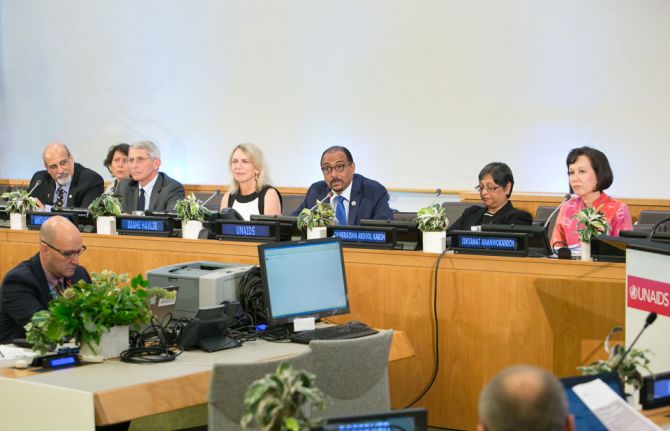

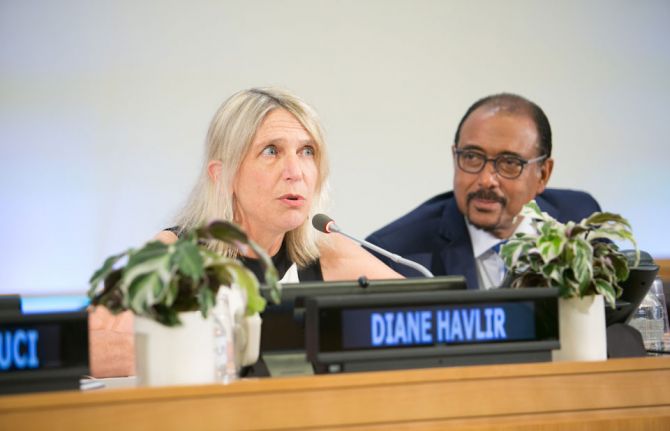
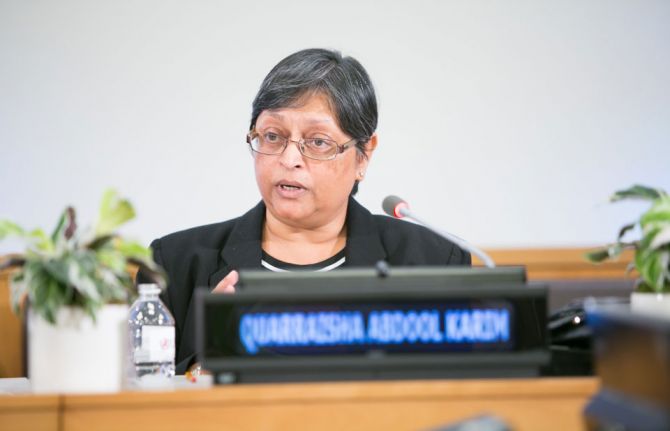
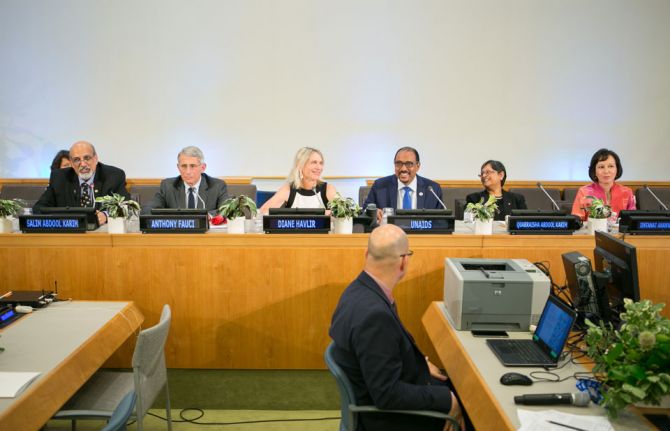
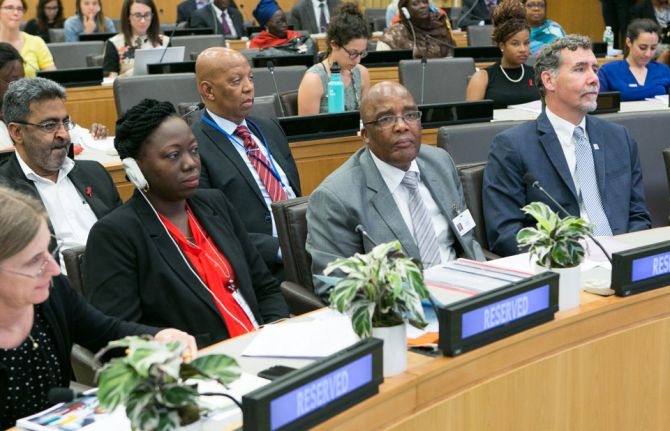

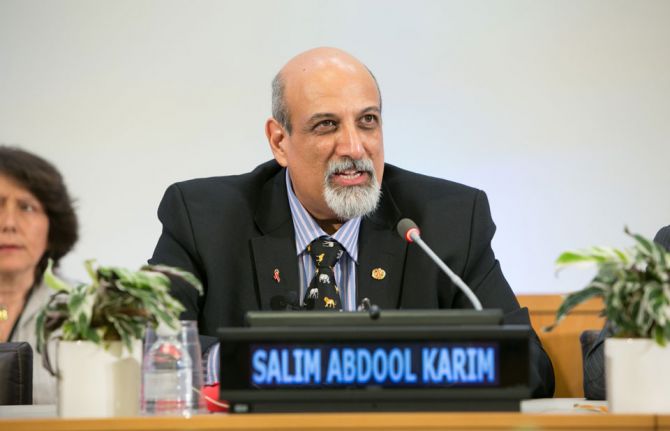
Update
The end of AIDS as a global health threat: science-based or science fiction?
07 June 2016
07 June 2016 07 June 2016Scientific progress will be essential to end the AIDS epidemic by 2030, according to participants at a side event held on the margins of the United Nations General Assembly High-Level Meeting on Ending AIDS, taking place in New York, United States of America, from 8 to 10 June.
The side event, held on 7 June, was entitled “The end of AIDS as a global health threat: science-based or science fiction?” It highlighted many of the successes achieved in treating and preventing the transmission of HIV as well as the remarkable progress made in only 35 years in understanding the virus.
The event was an opportunity to showcase anticipated scientific progress to underpin the Fast-Track vision. Participants presented ways in which research has been fundamental in shaping effective programmes and discussed whether current technologies can enable countries to reach a point where the AIDS epidemic is no longer a public health threat. Prevention, treatment, vaccines and a cure were all considered and it was concluded that the results of future research in all these domains, linked with current knowledge and behavioural and structural interventions, would be needed to achieve the end of AIDS.
There was stimulating and grounded discussion around the scientific results still required and the imperative to prioritize evidence-informed implementation of the results if AIDS is to be ended by 2030. In most regions of the world, progress has been made, since people living with HIV are living longer, but the number of new HIV infections is no longer decreasing and it was argued that the pace of any progress remains too slow.
The meeting heard that efforts were being made to reach people who might be left behind with treatment and prevention, but that these efforts were neither sufficiently supported nor appropriately ambitious. Success, it was claimed, will come through advancing science and using evidence-informed programmes to “do the right things at the right place, for the right people and in the right way.”
Quotes
Ending AIDS is our aspirational goal. On the road to getting there, we have set a benchmark: to end it as a public health threat. To reach a point where HIV incidence is systematically decreasing and efforts that have been put into place are bearing fruit.
The history of the HIV response has been rooted in taking scientific results and telescoping the time to putting them into action. Studying their implementation leads to more questions which have been quickly picked up by the research community. We can be optimistic that this rapid feedback loop will continue to enhance the relevant research and action to end the HIV epidemic.
What will ultimately end this epidemic is science. Science systematically takes us on a path to the end of AIDS. It is time to strengthen efforts against stigma and discrimination, to bring together everything we are learning and link it with behavioural and structural programmes.
The science that has been achieved over the past 35 years has been nothing short of breathtaking. We now have 17 million people receiving lifesaving therapy, yet we still need to do much better. No more excuses, we have the tools to end the epidemic: it is up to us to do it.
Related information
Find out more about the #HLM2016AIDS
Related

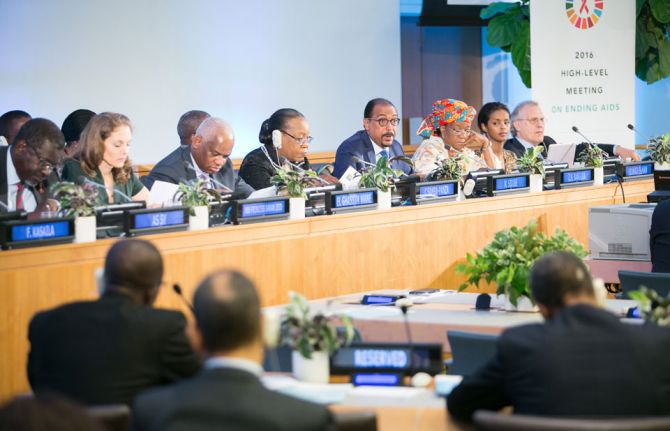

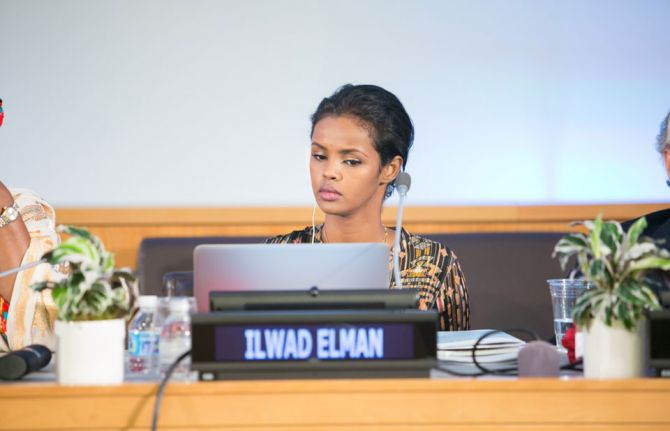
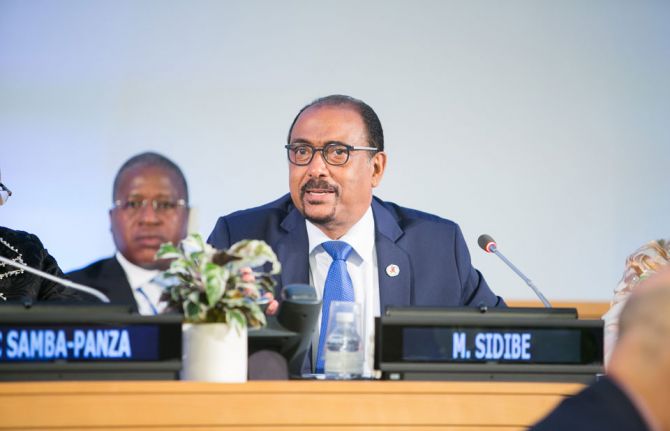
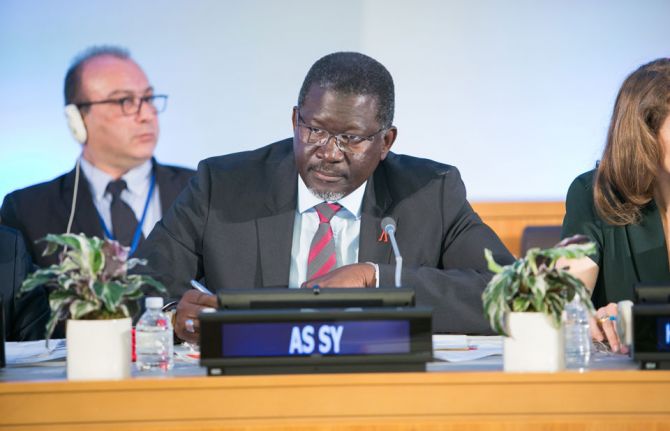
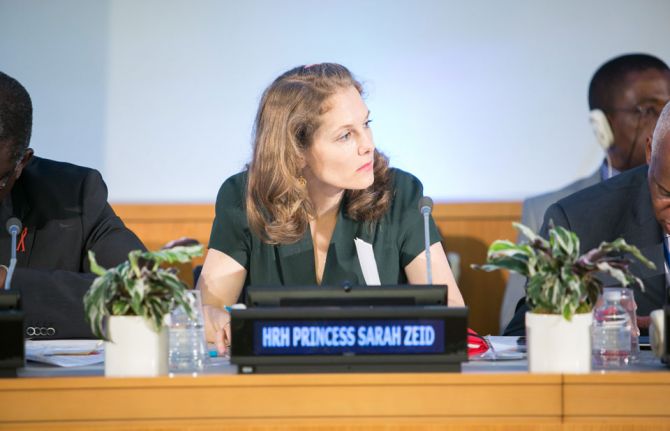
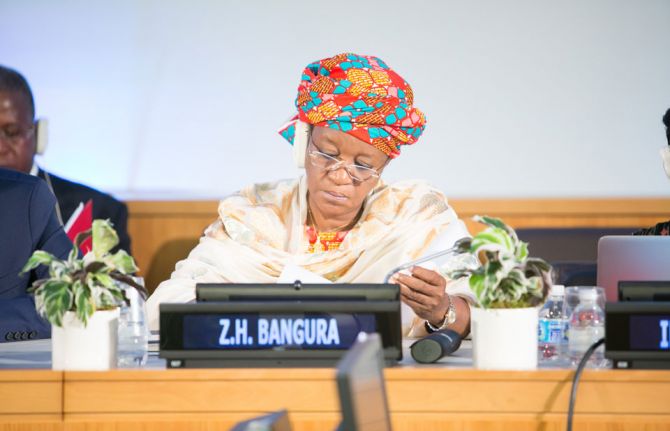
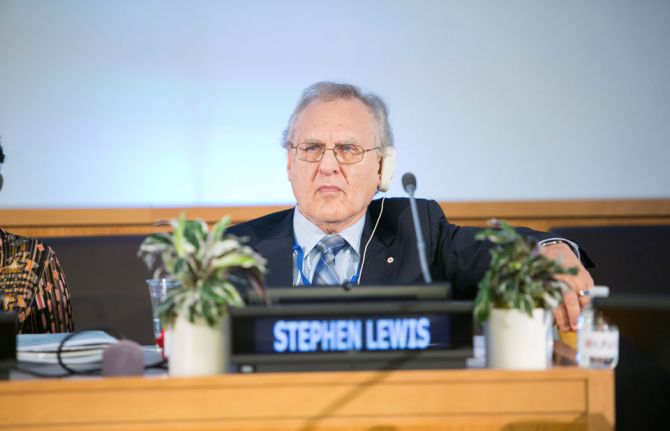
Update
HIV and security: past, present and future
07 June 2016
07 June 2016 07 June 2016If we do not address HIV among populations affected by conflict, natural disasters and emergencies, we will not see the end of the HIV epidemic by 2030. This was the stark message from leaders at a major side event taking place on the margins of the United Nations General Assembly High-Level Meeting on Ending AIDS, being held in New York, United States of America, from 8 to 10 June.
Entitled “HIV and security: past, present and future,” the event was moderated by journalist Colette Braeckman, who was joined by a panel of eminent experts. The event was organized by UNAIDS and the United Nations Department of Peacekeeping Operations and was attended by the UNAIDS Executive Director, Michel Sidibé.
In setting the scene, Mr Sidibé noted that of the 314 million people affected by emergencies and conflicts in 2013, some 1.7 million were living with HIV. It was, he argued, vital not to leave behind in the response to HIV people living with HIV and people vulnerable to human rights violations and sexual exploitation.
The participants explored exactly how and why people may become more vulnerable to HIV in emergencies and conflict situations. Women and girls especially are at risk of assault and violence every day, even in the very camps and settlements where they seek refuge. Access to HIV prevention and treatment services can be disrupted, and traditional social networks and behaviours often break down during times of crisis, increasing the vulnerability of women and girls to sexual violence and HIV. Members of key populations and young people may also be exposed to HIV through higher-risk behaviours in emergency and conflict situations.
Panellists underscored the need for renewed urgent attention to HIV, security and sexual violence in conflict settings, recalling the adoption of UN Security Council Resolution 1983 five years ago. HIV and security is unfinished business, requiring the urgent attention of the Security Council. Panellists called for the urgent elimination of all forms of sexual abuse and exploitation in UN peacekeeping missions, increased accountability for abuses, and comprehensive support to victims. UN missions and troop-contributing countries have a duty of care to the communities they serve. Upholding this duty requires a culture shift in security and military institutions.
Looking to the future, national responses need to increase strategic information on the drivers of HIV risk and vulnerability in humanitarian crises to enable resources to be targeted effectively. It was argued that well-coordinated HIV programmes should be routinely incorporated into all emergency and post-conflict preparedness and humanitarian response programmes, with cross-border and regional collaboration a priority. In addition, people living with HIV and members of key populations must be included in the development of policies and plans related to the continuity of treatment and access to HIV services. It was emphasized that peacekeeping operations should also play a key role in the HIV response in such settings and help address HIV risk factors.
One of the fundamental recommendations highlighted was the need to have plans in place to deal with the possible impact of conflict and emergencies before such situations arise. Helping to build community resilience to potential traumas so that their effect can be mitigated is essential.
Most crucially, long-term, flexible and sufficient funding must be identified to address the sexual and reproductive health needs of adolescents and young women in humanitarian and fragile settings. Without intensified and fully-resourced humanitarian response, the world will not reach the growing numbers of people affected by displacement, conflict and violence and we will not be in a position to end AIDS by 2030.
Quotes
"Humanitarian crises exacerbate the HIV epidemic. Millions of people are left behind, vulnerabilities increase, rape is used as weapon of war and violence leads to new infections. Services are disrupted, people are uprooted, their access to HIV prevention and treatment affected."
"The people most affected by conflict and humanitarian emergencies have to shape programmes. They are more than “implementing partners”. Limiting them to this role is a missed opportunity."
"We must do far more, and we must do it better, if we are to meet the needs of women and children in fragile settings. We can end this horror, but not if we persist with business-as-usual approaches."
"There are glaring gaps between international standards and the national laws that trivialize women’s traumas, or conflate crime with adultery or other issues. Women are seeking justice in its fullest sense – services, reparation and redress, not just punishment for the perpetrators. We must change the culture of security, military and justice institutions. Structural reparations mean that the dividends of peace and justice flow to all."
"We need to provide adequate pre-deployment training on HIV and HIV programming for peacekeepers in conflict settings."
Related

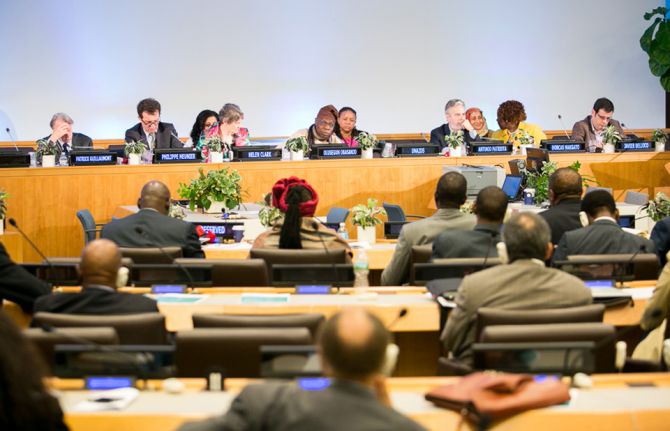
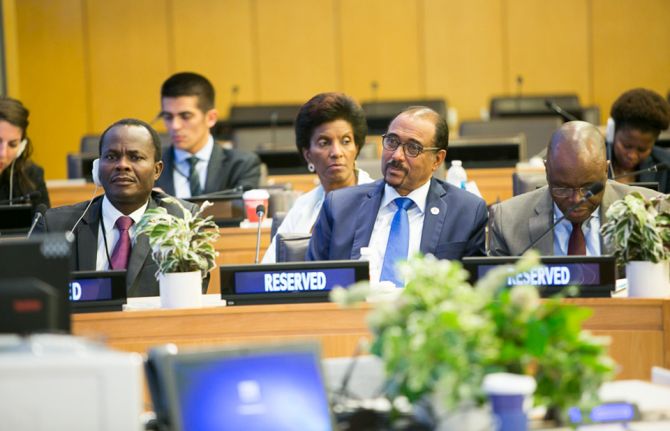
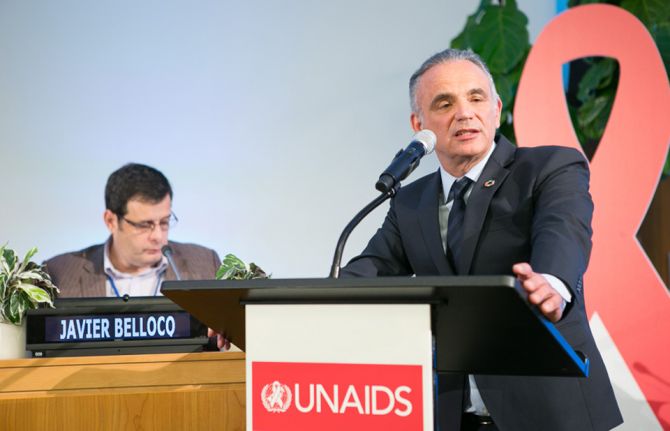
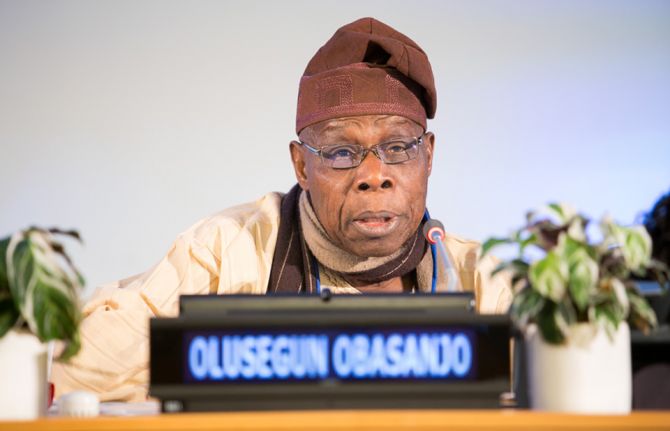
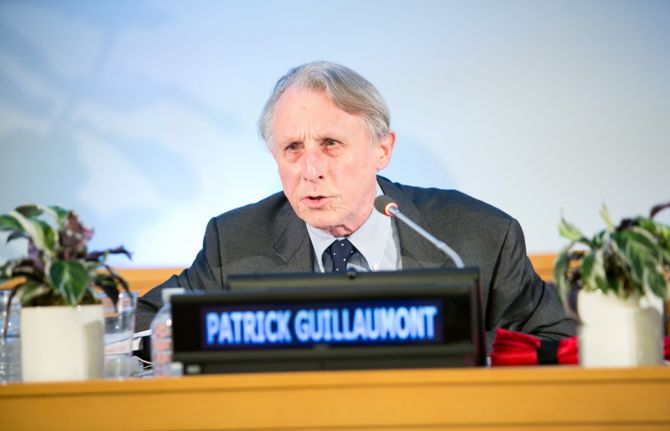
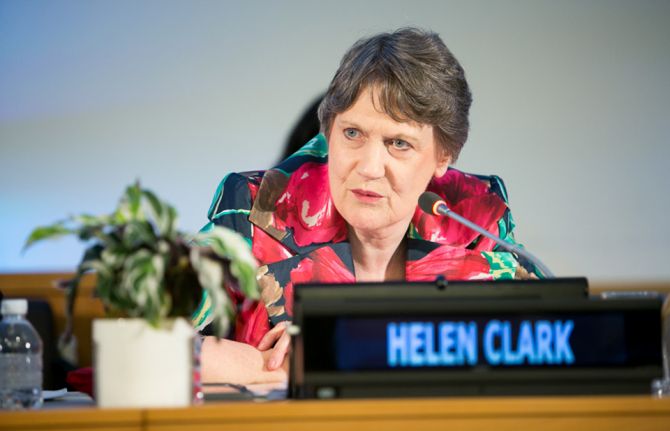
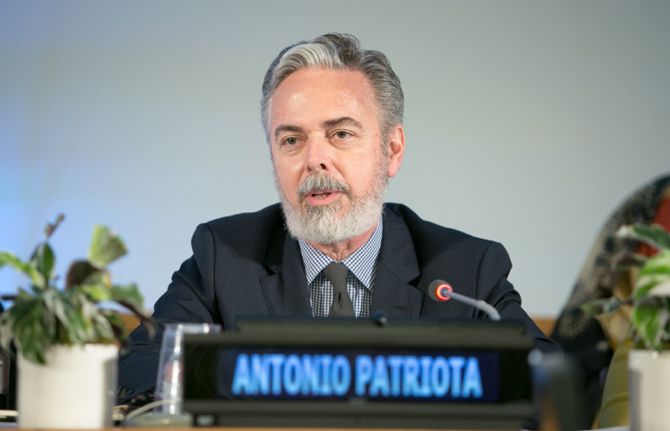
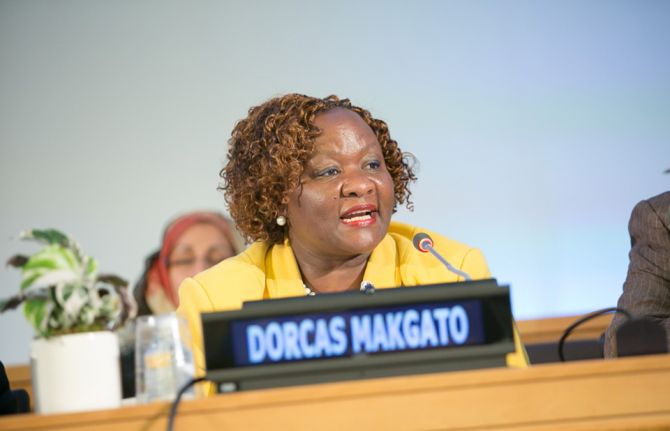
Update
Financing vulnerabilities
07 June 2016
07 June 2016 07 June 2016Olusegun Obasanjo, former President of Nigeria and Champion for an AIDS-Free Generation in Africa, chaired a discussion at a side event entitled “Financing vulnerabilities” held on the margins of the United Nations General Assembly High-Level Meeting on Ending AIDS, taking place in New York, United States of America, from 8 to 10 June.
Joining Mr Obasanjo for the discussion were Helen Clark, the Administrator of the United Nations Development Programme, Patrick Guillaumont, the President of the Foundation for International Development Study and Research, Dorcas Makgato, Minister of Health of Botswana, Javier Bellocq, from the International HIV/AIDS Alliance, Antonio Patriota, Ambassador of Brazil to the United Nations, and Philippe Meunier, the French Global AIDS Ambassador.
This panel, moderated by Luiz Loures, UNAIDS Deputy Executive Director, focused on financing vulnerabilities and explored mechanisms to ensure that fragile communities are at the centre of the global public health agenda. Ensuring that the health of fragile communities is secured, at a time when new epidemics and health issues threaten to further increase the vulnerability of low- and middle-income countries, was also discussed, and the panel explored the social and economic risks of the most vulnerable people.
It was noted that a majority of the world’s poor live in middle-income countries and that equity is essential in the determination of funding allocations. A strong call was made for new commitment and innovations to meet the needs of key populations, including sex workers, men who have sex with men, injecting drug users, transgender people and prisoners, and people living with HIV.
Mr Obasanjo recalled the beginnings of the establishment of the Global Fund to Fight AIDS, Tuberculosis and Malaria, as well as the establishment of the United States President’s Emergency Plan for AIDS Relief, at a time when very little funding was available. Today, Africa funds 55% of HIV treatment from domestic budgets. Mr Obasanjo emphasized the need for continued commitment to end the AIDS epidemic, both from domestic and international resources.
Quotes
“I hope the United Nations General Assembly High-Level Meeting on Ending AIDS will result in an action plan for ending AIDS by 2030.”
“We've made a lot of progress, but we need to institutionalize financing for civil society and key populations.”
“Addressing vulnerabilities must not be at the periphery of the AIDS response. It must be at the centre and it must be funded.”
“The issues of women, girls and youth, including violence against women and intimate partner violence, are critical for the United Nations General Assembly High-Level Meeting on Ending AIDS.”
“If we don't end stigma, discrimination and inequality, we won't end AIDS.”
“We need a global approach when it comes to vulnerabilities.”
“We have to innovate when it comes to financing. We must finance vulnerable groups.”
“If we are to end AIDS, people being left behind need to be placed at the centre of the response.”

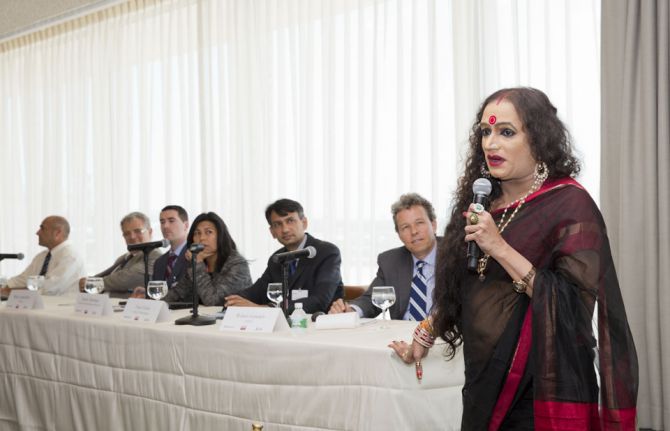
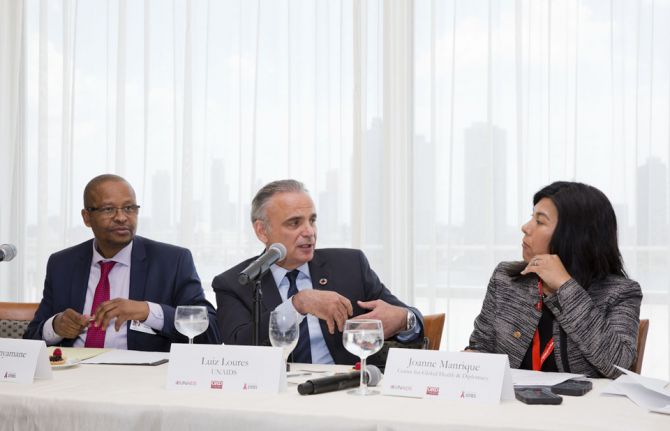
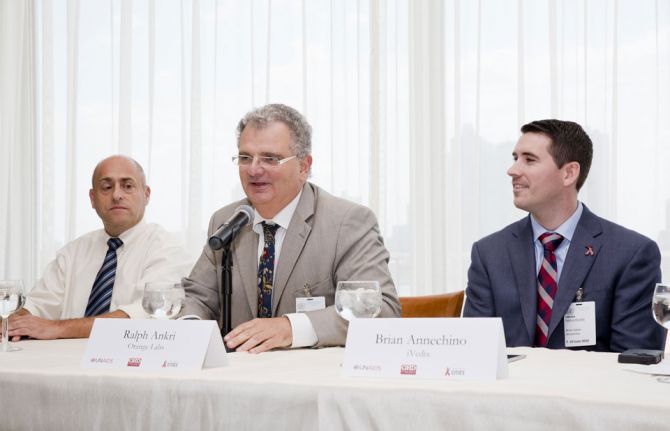
Update
City mayors, the private sector, governments and civil society share and display innovations in technology that transform the HIV response
07 June 2016
07 June 2016 07 June 2016On the eve of the United Nations General Assembly High-Level Meeting on Ending AIDS, mayors from global cities joined government representatives, the private sector and other stakeholders at the United Nations Headquarters in New York, United States of America, to discuss and showcase innovations in technology and financing for ending the AIDS epidemic by 2030.
The participants explored key challenges in city responses and offered innovative examples in information technology, mobile and data applications, pharmaceuticals, diagnostics and other scientific advancements for reaching “hard-to-reach” people with HIV prevention and treatment services. More than 20 innovators in the public, private and non-profit sectors presented their innovations in a hands-on marketplace for mayors, ministers, policy-makers and implementers. Innovations that were showcased included new cervical cancer diagnostics, smartphone applications, web-based dashboards and commodity delivery systems by drone.
Quotes
“The AIDS response can be described in two words: innovation and partnerships. Without innovation and partnerships we wouldn’t be where we are today in the AIDS response. Innovations in health allow us to democratize services and reach more people.”
“What we typically do is look to the private sector for resources, but that alone won’t cut it. We need to identify specific problems to be solved and then approach companies for direct solutions: show companies how they are the best one to solve a specific problem. A win–win situation!”
“The HIV epidemic has changed and we must change our way of communicating to people.”
“In our rural communities, accessibility is a huge challenge. Laboratories are only available in district hospitals. These new ways of delivering medications, laboratory results and other commodities are vital to keeping people with HIV alive and healthy.”

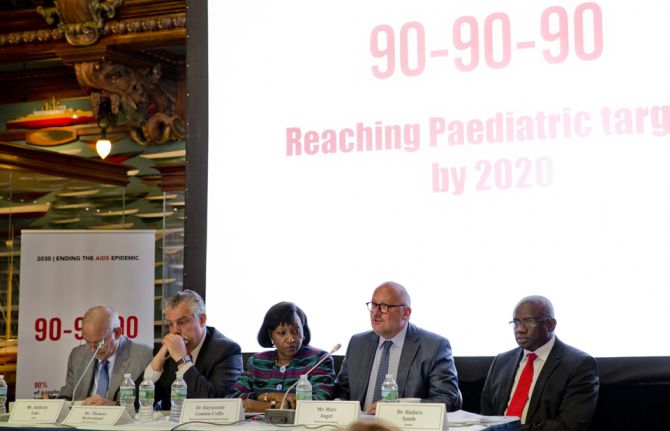
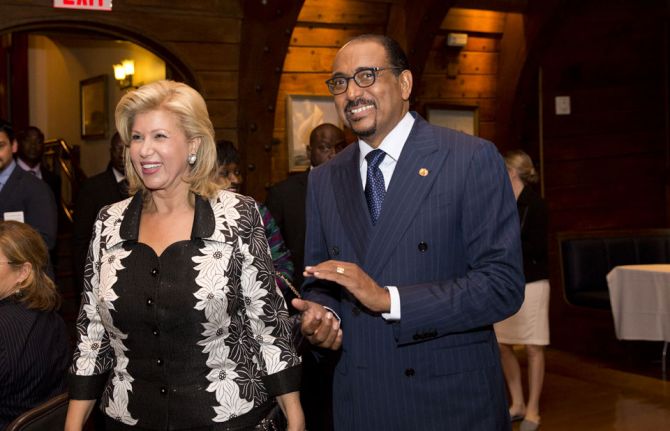
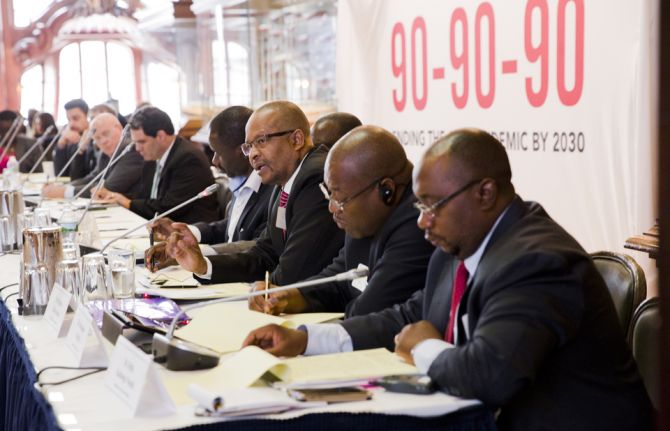

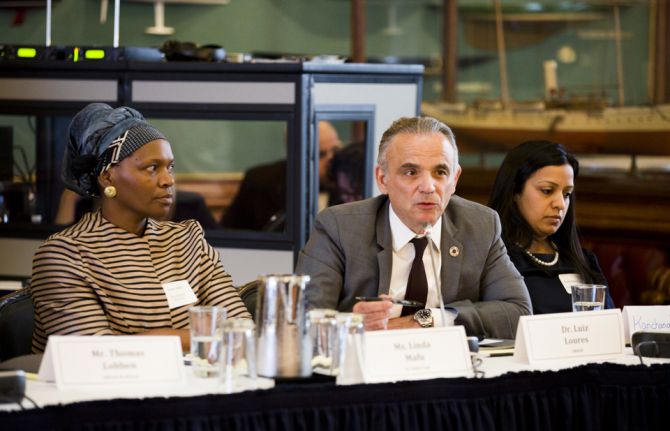
Update
Call issued for global partnership to end paediatric AIDS
06 June 2016
06 June 2016 06 June 2016African health ministers, leaders of paediatric HIV treatment programme implementers, philanthropic foundations, civil society and private sector partners convened in New York, United States of America, on 6 June to celebrate successes in closing HIV treatment gaps for children and to call for an expanded global partnership to build on this momentum to end paediatric AIDS.
Many countries have made important strides towards ending paediatric AIDS, but major challenges persist. Even as the number of children newly infected with HIV continues to decline, only about half of HIV-exposed children are tested for HIV within the first two months of life and only 30% of children living with HIV are linked to HIV treatment in a timely manner. Because far too many children living with HIV begin treatment too late, children are far more likely than adults living with HIV to die of AIDS-related illnesses.
At a major global ministerial meeting in Abidjan, Côte d’Ivoire, in May, health ministers from Africa endorsed a Fast-Track approach for children. This approach calls for reaching a 95% coverage of antiretroviral therapy for both pregnant women and children living with HIV by 2018. By reaching this target, the world could effectively end paediatric AIDS by 2020—one decade earlier than the elimination goal for the epidemic as a whole.
To reach these ambitious targets, attendees at this week’s meeting in New York emphasized the importance of a renewed, expanded, inclusive global partnership to close the paediatric HIV treatment gap. During an interactive conversation among the meeting participants, speakers emphasized the importance of involving families, communities and civil society organizations. There was also agreement regarding the need to engage the private sector in efforts to develop new paediatric treatment tools and fund programmes to close gaps across the continuum of care for children. The Medicines Patent Pool, which has prioritized paediatric HIV treatment in its negotiations of licences for the generic manufacture of priority antiretroviral medicines, is an example of how innovative approaches to private sector involvement can contribute to improved access to essential treatments.
Meeting attendees stressed the need for improved coordination of the many efforts being undertaken to address various aspects of paediatric HIV treatment. At the Abidjan meeting, health ministers endorsed efforts to maximize coordination in the paediatric AIDS arena.
To achieve the Fast-Track Targets for children—and to sustain these gains over time—new resources will be needed. Several countries are taking steps to increase domestic allocations for paediatric HIV treatment. Namibia, for example, covers 60% of its national AIDS response with domestic resources, and Felix Kabange Numbi, Minister of Public Health for the Democratic Republic of the Congo, reported that his country is pledging to increase domestic resources for AIDS.
It was agreed that philanthropy offers a potentially important avenue to generate new resources for paediatric HIV treatment. ELMA Philanthropies, for example, is allocating US$ 12.5–15 million per year for at least the next three years to support HIV treatment programmes for children, with a comparable amount to be invested in supportive programmes for childhood development.
Quotes
"We must build on our momentum to finally end the AIDS epidemic once and for all. The outcomes across the continuum of care for children need to be strengthened."
“We need a new solidarity. We need a new movement that focuses on ending paediatric AIDS. This new movement is about ending inequities, it is about social justice.”
“One person, one country, one company can change the world. I know we are going to reach our global goals for ending paediatric AIDS.”
“There is no mystery about what we need to do. We need a resurgence of political will and to zero in on reaching the mothers, infants, children and adolescents who are being left behind.”
“It is unacceptable to deny children their right to a chance at life. If we fail to build on recent momentum in order to end paediatric AIDS, both history and the world’s children should judge us harshly.”
“We need more consistent communication among partners working on paediatric HIV treatment, and our sense of accountability needs to be aligned so that it is fit for our objective to end paediatric AIDS.”
“Governments can do many things well, but there are some things we don’t always do well. We can look to our private sector partners for the introduction of new technologies and for better ways to hold ourselves accountable.”
Related

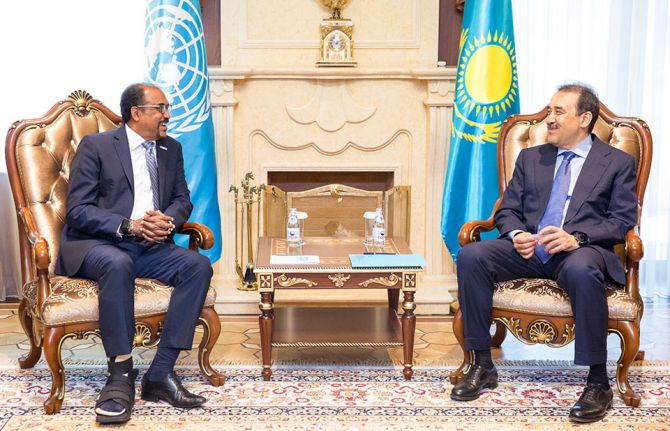
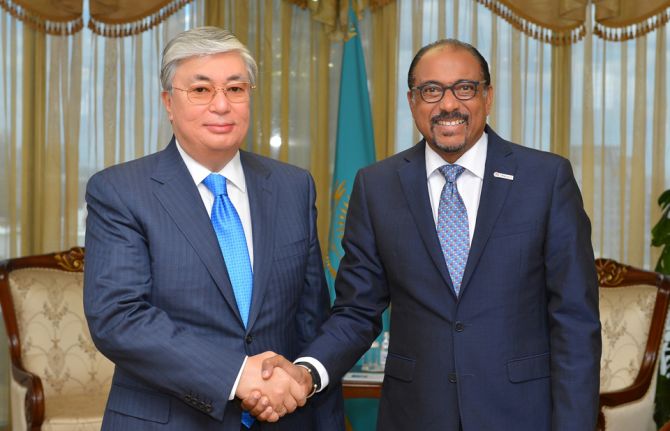
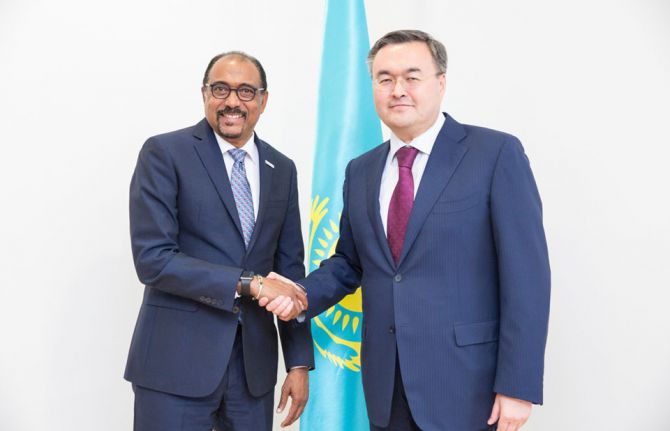
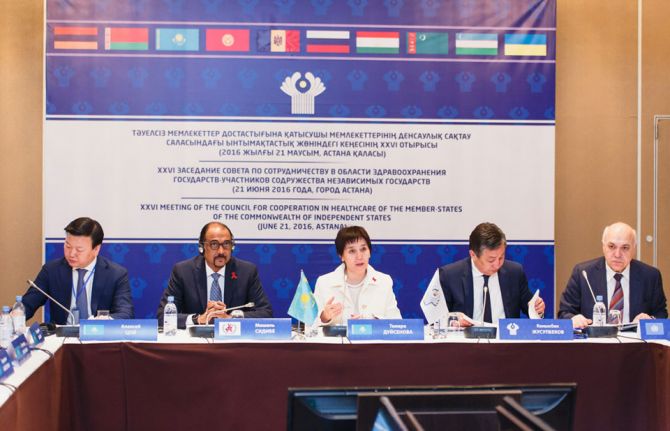

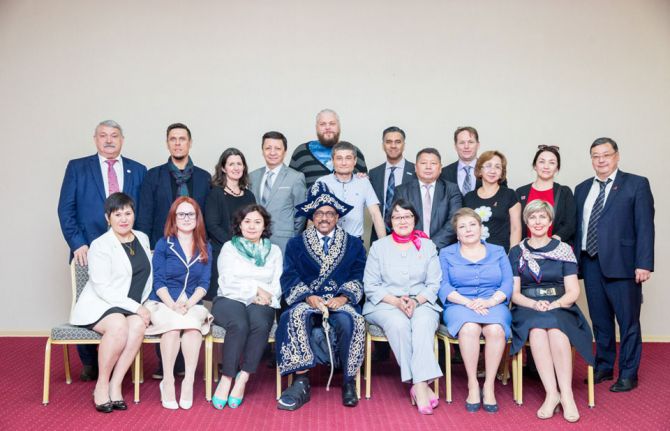
Update
UNAIDS Executive Director calls on the Commonwealth of Independent States to Fast-Track the AIDS response
22 June 2016
22 June 2016 22 June 2016UNAIDS Executive Director Michel Sidibé has briefed the Health Council of the Commonwealth of Independent States (CIS) on the Political Declaration on Ending AIDS during his first official visit to Kazakhstan. The Political Declaration, adopted at the United Nations General Assembly High-Level Meeting on Ending AIDS, includes a set of specific, time-bound targets and actions that must be achieved by 2020 if the world is to get on the Fast-Track and end the AIDS epidemic by 2030 within the framework of the Sustainable Development Goals.
During his visit to Kazakhstan, on 21 and 22 June, Mr Sidibé thanked senior government officials for Kazakhstan’s active participation in the negotiation process and the country’s support for the Political Declaration. He noted that more than 90% of the funding for the AIDS response in the country comes from national resources and called on other CIS countries to follow Kazakhstan’s example.
Eastern Europe and central Asia is one of the few regions in the world where the HIV epidemic is still on the rise. The number of people living with HIV increased from 1 million in 2010 to 1.5 million in 2015, and only 21% of all people living with HIV were accessing antiretroviral therapy in 2015. However, more than 95% of pregnant women living with HIV received treatment to prevent mother-to-child transmission of HIV. Earlier this month, the World Health Organization validated that Armenia and Belarus have eliminated mother-to-child transmission of HIV, the first two CIS countries to do so.
In Astana, Kazakhstan, Mr Sidibé met with Prime Minister Karim Massimov, the Chairman of the Senate, Kassym-Jomart Tokayev, the Minister of Health and Social Development, Tamara Duissenova, and First Deputy Minister of Foreign Affairs Mukhtar Tileuberdi. He also met with UNAIDS key partners, including representatives of international, governmental and community-based organizations.
During his visit, Mr Sidibé announced the establishment of a UNAIDS subregional office for central Asia in Almaty, Kazakhstan.
Mr Sidibé was presented with the Kazakhstan State Jubilee Medal, which was established to honour Kazakh and foreign citizens who have made a significant contribution to strengthening social harmony in the country.
Quotes
“Commonwealth of Independent States countries have the tools and the know-how to end the AIDS epidemic as a public health threat by 2030.”
“We need to be a country without babies born with HIV. This should be our goal.”
“Ending the AIDS epidemic is one of the priorities of Kazakhstan in the framework of achieving the Sustainable Development Goals by 2030.”
“By 2020, the Ministry of Health plans to implement the test and treat approach, providing access to antiretroviral treatment for all people living with HIV in the country.”

